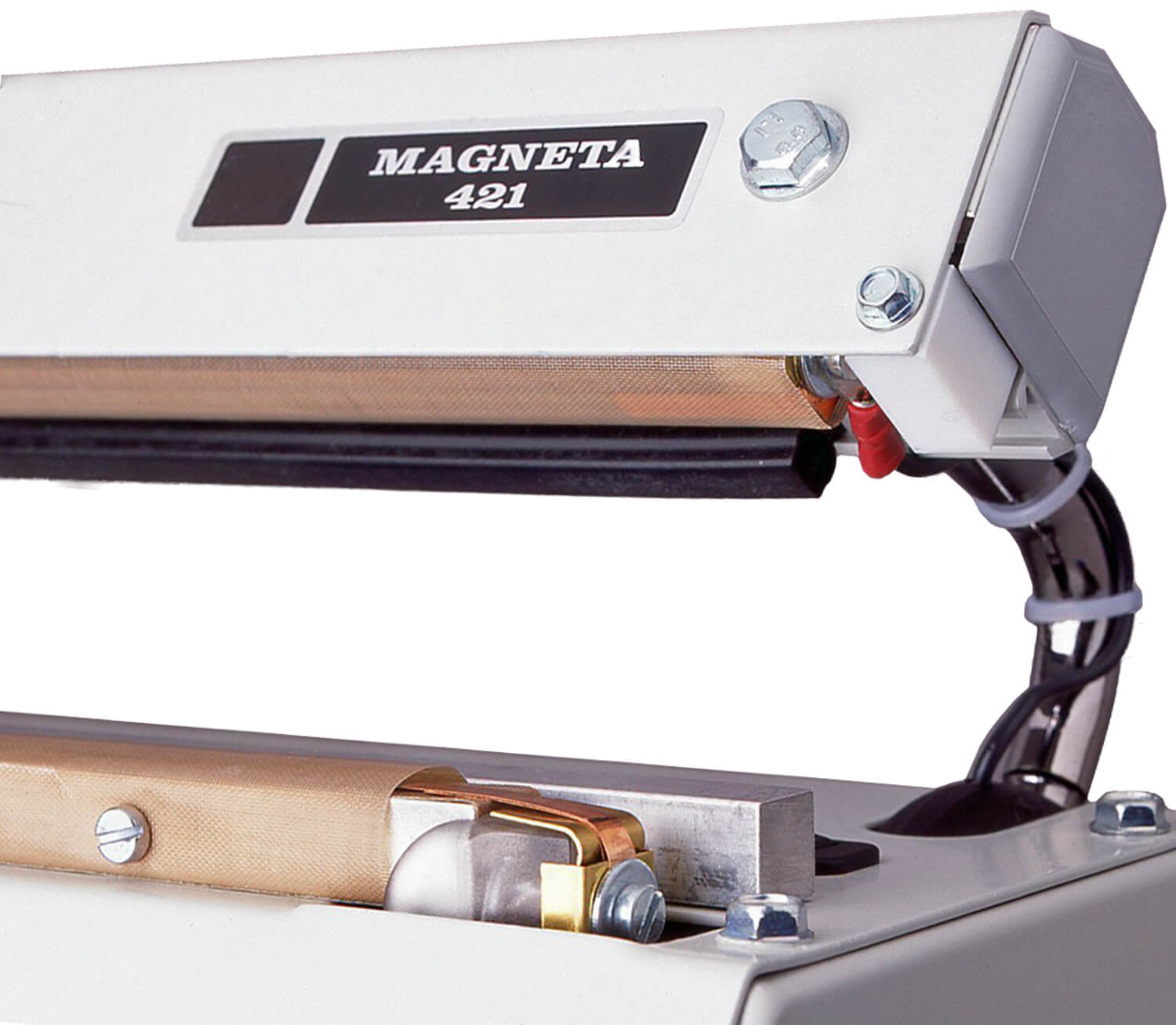Venus Packaging, a leader in the flexible packaging industry in Australia is celebrating 60 years in business in 2019. Here, they provide a comprehensive analysis of vacuum packaging and how it might be good for your business.
Why vacuum pack?
Packaging or sealing products in an airless environment has long been an effective way to protect items or enhance shelf life.
Exposure to air aids the growth of bacteria in most foods. Sealing the food in a bag from which the air has been removed greatly inhibits bacterial growth. Food stays fresh longer and retains it’s flavour, nutritional value and sales appeal.
Which type of machine is right for you?
Broadly speaking, there are two types of machines: the domestic vacuum sealer and the commercial vacuum chamber.
The domestic machines (VH329 model pictured) are a cost-effective entry level machine and will cover all the basic household needs, such as food storage improvement, through drawing the air directly out of the bag using the built-in pump. These are often known as ‘out of chamber’ vacuum sealers and recent improvements in these machines means that they can increasingly handle more work load and faster speed. These machines are portable, compact and low on energy use.
The ‘commercial’ vacuum chambers (VH153V Vertical vacuum chamber pictured) are capable of higher output and many package multiple packages in one vacuum sealing cycle. With these machines, the product is bagged, placed inside the chamber and air extracted from the chamber and bag. These machines work fast and if used with the right vacuum bag provide a strong, tamper proof seal offering a professional finish for retail display. There are a range of these machines suitable for different packing needs, including double vacuum chambers, single chambers and stand up vacuum chambers for sealing liquids.
Which foods can be vacuum packed?
Any food can be vacuum packed, from raw meat to soups, but the unique characteristics if each food must be considered. For example a strong vacuum might crush delicate foods such as berries.
How long do vacuum packed foods last?
Some foods will last up to 5 times longer than without vacuum packing. But it depends on the type of food and its quality before packing. It is important to remember that foods that normally need to be kept cool to prevent spoilage still need to be refrigerated or frozen as usual.
What about vacuum bags?
The second part of the equation is the vacuum bags themselves. Not all vacuum bags are created equal! Type is important but so is quality. These bags are not simply a poly bag. Acceptable quality bags should be sealed on 3 sides and need to have multiple layers, (including nylon), and satisfactory micron thickness to provide the maximum barrier to oxygen which will preserve the packed item.
One must also be sure to use the correct bag variant. Due to the method of pumping the air out of bags, the domestic (‘out of chamber’) machines must always use bags that have specially designed channels in the plastic film. These channels give an unrestricted pathway for the air to flow out, and allows wrinkle free packaging. The vacuum bags for the commercial vacuum chamber machines are flat and smooth and present the packages item very professionally, for example, meat, fish, and small good. Whilst the commercial vacuum chambers are somewhat more expensive than the domestic, there are considerable savings to be found using the flat bags which should be considered when making your initial purchase.










